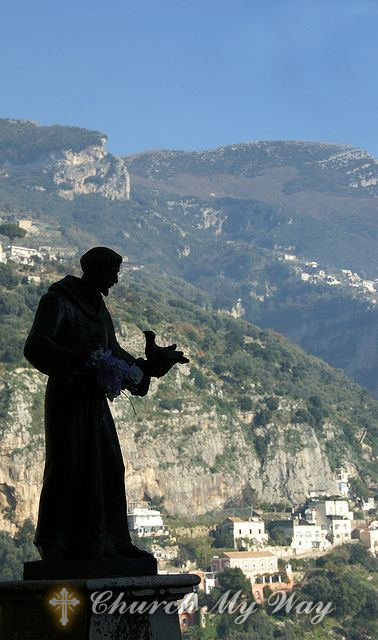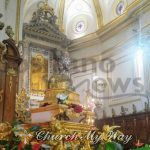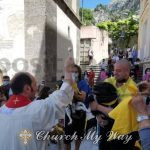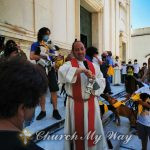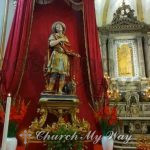Positano, a great success with the presentation of the book by Dr. Cantarella with a precious study on the bust of the patron saint San Vito
Positano. Last night, in the Church of S. Maria Assunta, the book by Dr. Dario Cantarella “Busts – Medieval Reliquary on the Amalfi Coast” was presented, which also contains a precious study on the bust of the martyr S. Vito. , patron saint of Positano, preserved in the Mother Church whose cult and devotion is part of the Positano community and has very ancient origins.
The initiative was commissioned by parish priest Don Danilo Mansi: “With the presentation of this volume by Dr. Cantarella we begin the celebrations of our patron San Vito, taking up the party again according to the rhythms and traditional customs linked to this community”.
Enthusiastic the mayor Giuseppe Guida: «This year the tourist boom has been anticipated and we are pleased that the recovery coincides precisely with the feast of our patron saint San Vito. This evening is a very important initiative, of high depth and quality. We talk about our patron who represents the history and identity of our culture ».
Al Dr. Dario Cantarella we ask how the link between San Vito and the city of Positano was born: «It is difficult to give an answer. It is always difficult to identify the birth of the cults that tradition carries on. The testimonies of faith towards San Vito are many over the centuries and they are the chronicles of the time, the chronicles of the past that tell us about this faith that is strengthened precisely in times of difficulty. For example, when there were storms or earthquakes, San Vito was carried in procession so as to ask for pardon and all the people of Positano gathered together to pray “.
And then Dr. Cantarella tells us about the characteristics of the bust of San Vito kept in the Church of Santa Maria Assunta: “It is an assembly. The head is probably from the 15th century with very Renaissance and classical characters. Instead, the bust was made in 1599 by some people from Positano who wanted to give a body to this head. The head is silver while the body is in gilded copper. The people from Positano who commissioned this bust also had their name engraved on the bust in order to almost indicate to future generations their economic effort but also their faith “.

